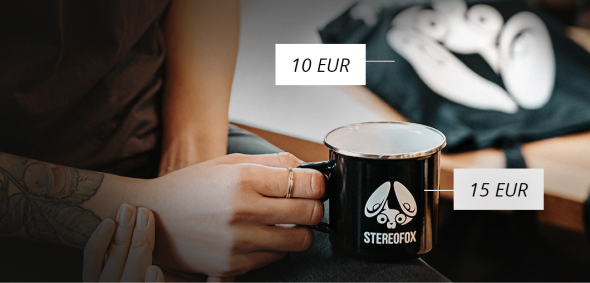I’ve been working in product, marketing, and CRM (customer relationship management) for over a decade now, and if I had a dollar for every time I’ve heard that email is dead (or will die), I would be significantly richer.
It’s 2025, and now more than ever, it’s pretty evident - email is a communication channel that’s here to stay. It’s not dead, it’s thriving, and utilizing it is vital not only for businesses but for artists as well. Artists, technically, your name/brand is a business, and while I'm well aware that lots of people would hate this comparison, it kind of makes sense.
Before you dig in, you're more than welcome to subscribe to our own newsletter here.
Why you should build your artist email list
With all the disappointment surrounding the evolution of social media, I believe that NOT building and focusing on an audience you can directly reach and control is one of the biggest mistakes an artist can make today.
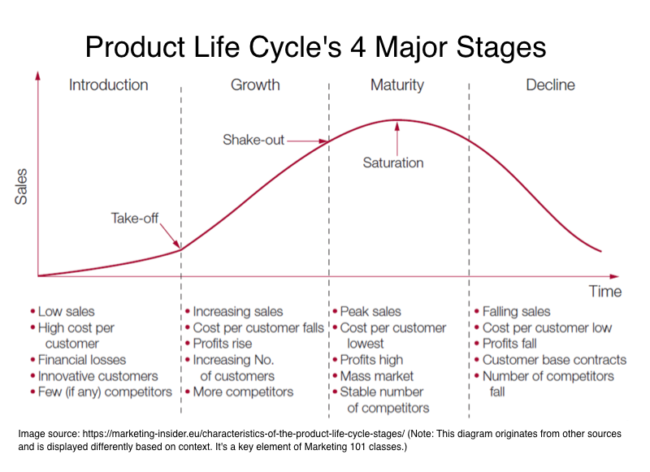
Let’s dissect a few of the trends in the past decade.
Stay up to date.
New music and exclusive updates in your inbox weekly.
All social media platforms start the same way. They dangle the carrot to attract users, and it’s all fun and games at the start, until priorities change. When the network is strong enough, the focus immediately falls on advertisers and their wallets, and that’s when your post slowly starts losing reach. Being able to tell your 1000s of followers about your new song becomes pretty much impossible. Of course, there are some who manage to figure out a way to game the ever-changing algorithm, which, trust me, is a tough and often soul-sucking experience.
Facebook (and Instagram) is one of the many examples, and since today’s article shouldn’t turn into a bash on tech companies, I hope it serves as a good example. This is not your audience, and you’re not in charge. Period. You can put countless hours into building a community on someone else’s platform, and ultimately, that wouldn't matter. You can ask our 10,000 followers on there.
TikTok (so far) has shown positive signs when it comes to being the platform where people go to find new artists. The product team has built a few key features, like saving your track to Spotify directly from the platform and easily finding artists’ songs on their profile (like shown in the screenshot below).
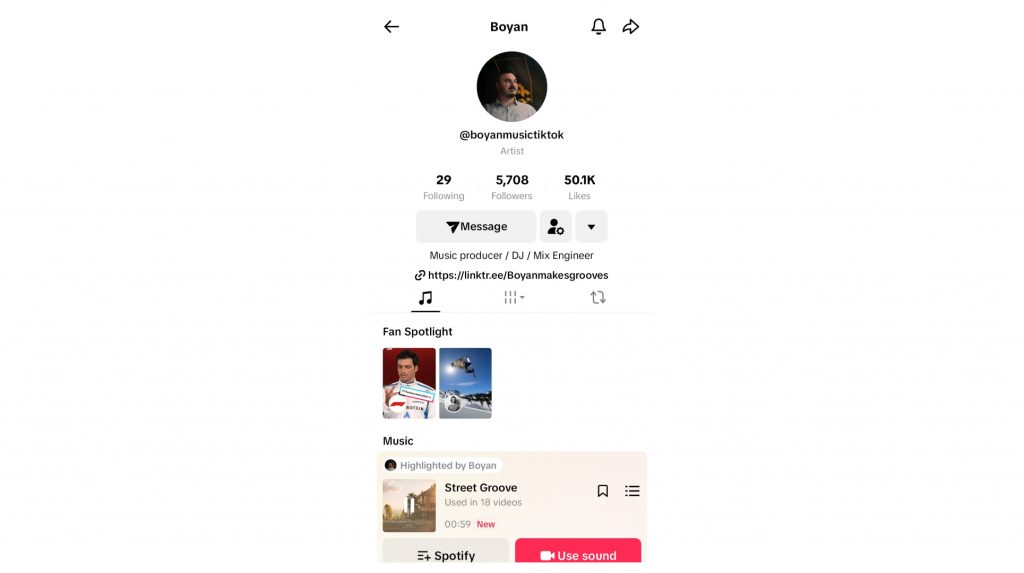
That being said, what happens if a government (cough) decides to ban the platform from one of the biggest markets in the world? You lose your audience, again.
Now that we have covered the why you should build your artist email list, let's focus on the how.
How to build your artist email list
First of all, let’s forget about numbers - your email list (and let's refer to them as your community) could be a mere 40 or 50 people, but in today’s climate being able to click a button and ask 50 people to listen to your song, check out your concert or save it on any streaming platform is quite the achievement.
For reference, at the time of writing this, our Instagram page has 19.3k followers and we reach a couple of thousands of people with a reel. Our email list is roughly around 7000 people and every time I send out an email, at least 2.5-3k open it.
Just like building a social media profilе, building an email community does take time, but the difference is that unless they opt out and leave that list, the audience remains yours.
When it comes to the how, there's quite a list of options you can go with, but the approach and concept remain the same. There’s never been a better time for independent artists, writers, and content creators to choose the right newsletter platform. A variety of powerful email tools are available, making it easier than ever to build your audience, share your creative art, or even run polls. All that within your newsletter. A few tools I've used are:
- Beehiiv
- Substack
- Mailchimp
- ConvertKit
Full disclaimer - for our Stereofox Newsletter, we're using OneSignal, but it's a bit more complicated as it allows integration with our database and more personalization. Let's stick to the basics.
Beehiiv
Launched in 2021, Beehiiv would be my go-to suggestion for any artist who is starting out. What I love about it is that, beyond sending emails to your list, it also lets you create a digital blog. It’s optional but a great feature to have. When you add its simplicity, you have a clear winner. Well, Beehiiv and Substack.
The platform supports up to 2500 contacts for free, which is more than enough for up-and-coming artists (the plan is called Launch).
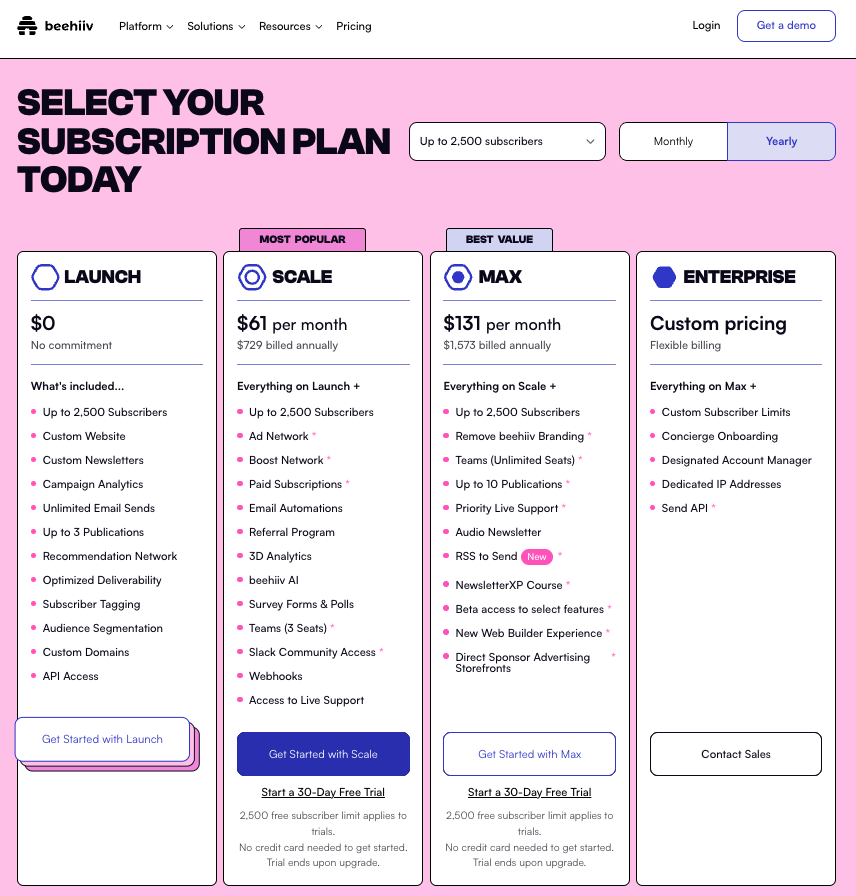
After signing up and a short onboarding tour (highly recommended), you will end up on the main Dashboard. If things look a bit daunting, don't worry - you'll probably end up needing to use just a fraction of the features, and I'll highlight the basics here. For everything else, I recommend you do your own research. Also, the platform will evolve, so I imagine the design and position of elements will change over time.
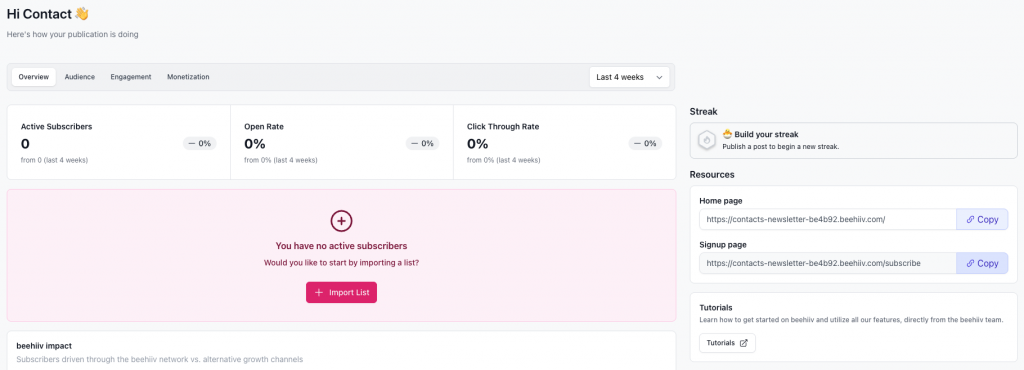
A few important things:
- You can import your own list (if you happen to have one)
- You get a dedicated signup page that you can link to your social media, send around etc - that's an example we created for one of our label artists Izabel - https://izabel.beehiiv.com/subscribe
While customization is basic (photo / headline / text), I advise you to tailor all of this to your branding/persona and tonality to create an experience that already makes listeners connected to you. In the case of Izabel, she did a word-play with the newsletter being a phone call to her audience and it turned out pretty unique with just a little bit of effort.
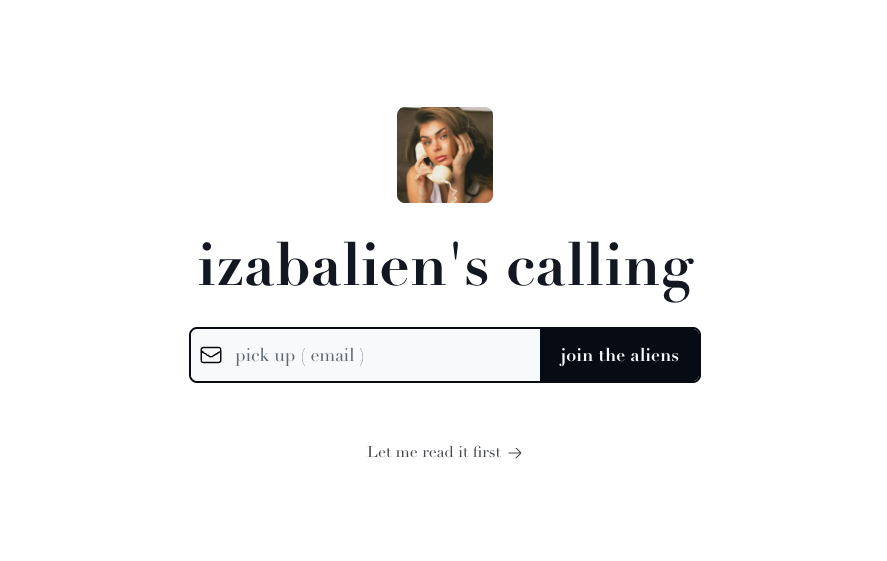
You can change all of that in Design > Styles and then you'll see a dropdown menu to select Sign Up Page. In addition, you can change your logo, typography, colour scheme, and so on.
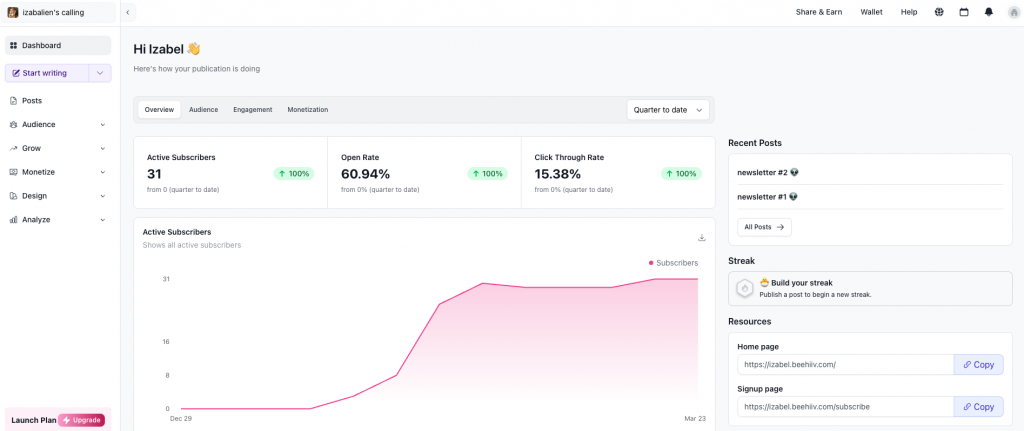
- You can customize the URL, name, and design of your sign-up page from
- You can also create so-called embedded sign-up forms to include on other websites from Audience > Subscribe Forms
A great example of such an embedded form can be found on another Stereofox label artist - Lina Nikol, who has her own website.
Once people add their emails to your list, you'll be able to send your first newsletter from Posts > Start Writing. The intuitive UI includes a preview function, so I won’t go into that. But in the end, you can choose to send your content as an email, publish it as a blog post, or both.
If you're interested in me covering the other tools on the market, do let me know either via the contact form here or a DM on our Instagram.
How / where to collect fan emails
I always advise artists to casually share the link to their sign up form on stories but also link in their so-called bio links. An example could be Butcher Brown's general link, which has a collection input field at the bottom.
Every time you release a new song, you can also add the subscription newsletter link there.
Also, when you talk to people in real life, nudge them into doing that, or the next time you have a live show, simply mention that this is the best way for people to be up-to-date with your deeds.
What to feature and write about in your artist newsletter
Just like with social media, whenever I talk to our label artists about starting a newsletter, 90% of them ask the same set of questions - "What should I share with my audience?", "What if people find the newsletter boring?", "How often should I send it out?".
Share information about yourself:
- general and genuine life updates, if you feel like it
- your new music
- upcoming shows or mixes (if you're a producer)
- tips on production / music creation (if you want)
- share your artist playlist with what you've been listening to lately or some new artist discoveries
People won't find it boring, if it's timely and it is genuine. Those people care about you as an artist and a person. The best thing about running a newsletter? You don't have to overdo it. Send it out whenever you feel there's something you want to share with your people. Once a month or every few months is more than fine if you start out. Once get into the groove, things will get much easier and you can always rotate the type of information included.
Last but not least, be yourself and keep it simple.
This concludes the version 1 of the article. If you read this - I would love your feedback and what can be added / improved. Feel free to reach me directly at ivo [ at ] stereofox.com or via social media. I hope this was useful and helpful.
ps if you start a newsletter after this article, do send me the sign up for me
